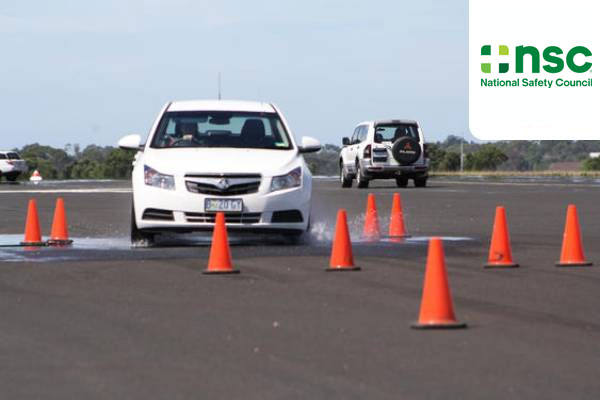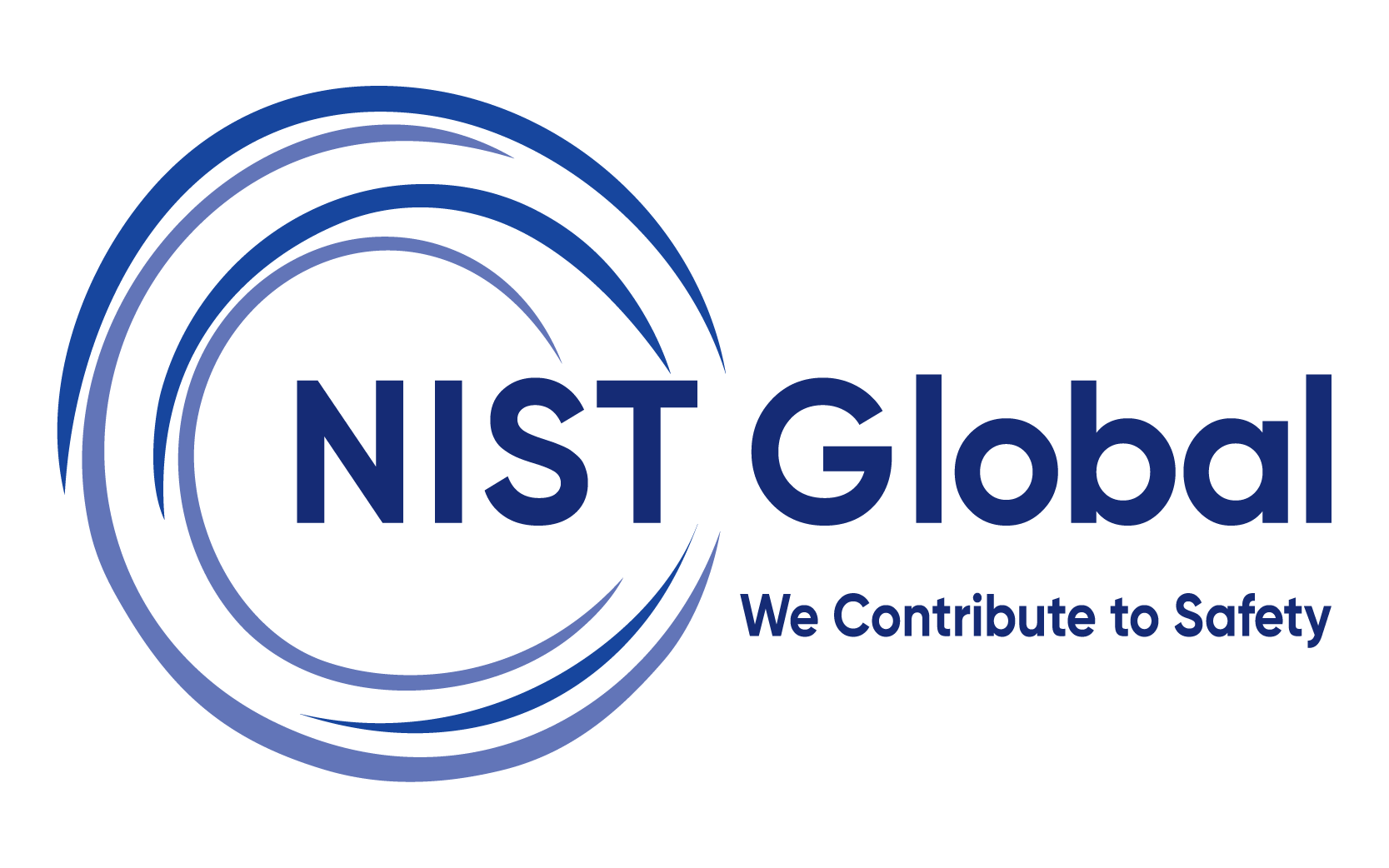Defensive Driving courses from National Safety Council, USA
Driving safely to wherever we go and get back home safely is dangerous these days. It is observed that people who moved to workplace turn back facing adversities in such an extreme of losing their life or permanent disabilities to minor injuries. It is recorded that the death from road accident is one of the top 10 causes for death in India.

-
QualificationDefensive Driving courses from National Safety Council, USA
-
Duration4 – Hour course
6 – Hour course
8 – Hour course -
Training ModeFace to face
-
BoardNational Safety Council, USA
-
LevelBasic & Intermediate
-
LanguageEnglish
-
Batch TypeDay
-
Exam TypeMCQ type inside a classroom
-
For queries, & Assistance
In many countries, the major cause of occupational fatalities is vehicle-related crashes. It is significant that drivers driving own vehicle, passenger vehicle, commercial vehicle or carrying hazardous substances should undergo defensive driving training to ensure their safety as well as the safety of others.
National Safety Council, USA
National Safety Council is a renowned century old non-profit organization from USA has been undertaking various services such as training, creating awareness, developing resources and campaigns such as ‘make the roads safer for you and your loved ones’, ‘Check to protect’, distracted driving awareness month and so on.
Defensive Driving Courses offered by National Safety Council
1. 4 – hour course – Learning Objectives
Upon completion of the course, learners should be able to:
- Recognize that every behaviour is a choice
- Identify their own personal driving behaviours and tendencies
- Identify the potential consequences of unsafe driving behaviours
- Identify behaviours that can be controlled and factors beyond a driver’s control
- Define Defensive Driving
- Define “preventable collision” and explain the characteristics of a preventable collision
- Explain the NSC Collision prevention Formula
- Identify the risks associated with driving without seat belts or proper restraints
- Identify and describe the safe and responsible use of built-in vehicle safety mechanisms, including automated technology features
- Recognize that we share our roads with other drivers and identify our individual responsibilities when driving
- Recognize potential hazards when driving and make appropriate driving choices to avoid those hazards
- Choose safe, responsible, and respectful driving behaviours and based on different driving situations and conditions
- Identify risky driving behaviours that, statistically, lead to the most collisions and fatalities in roads
- Choose appropriate driving behaviours based on different driving situations and conditions
- List the ten habits of defensive driving
- Evaluate their current driving choices and behaviours and identify alternative driving choices they can make
- Create a personal plan to make effective driving choices
2. Additional 6-hour Course – Learning Objectives
Upon completion of the course, learners should be able to:
- Explain key traffic laws and consequences for not obeying those laws
- Identify different road conditions drivers may encounter and explain techniques for safely handling each
- Identify other users of the road and explain techniques for dealing with each
3. Additional 8-hour course – Learning Objectives
Upon completion of the course, learners should be able to:
- Explain the importance of proper vehicle maintenance
- Describe the steps for completing vehicle inspections and scheduled maintenance
- Describe steps for addressing different types of immediate danger that may be encountered when driving
What are the benefits of pursuing Defensive Driving Training?
- Ensure your employees are safe on the road
- Reduce the likelihood of collisions and traffic violations
- Reduce your exposure to liability risks and expenditures
- Lower insurance premiums and claims
- Lower vehicle repair and replacement expenses
